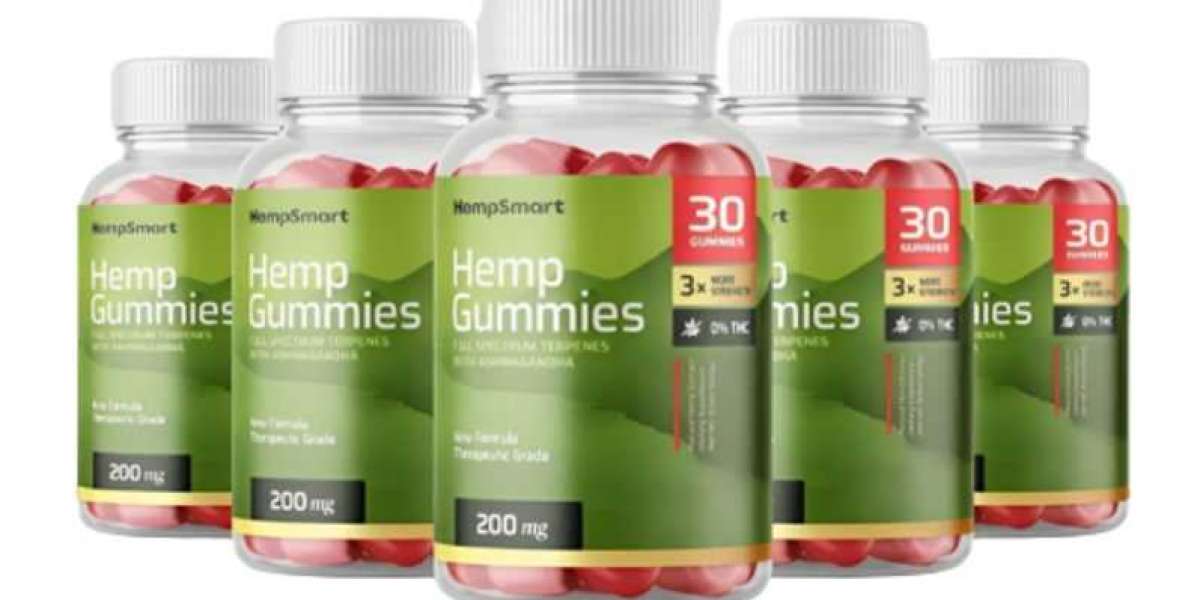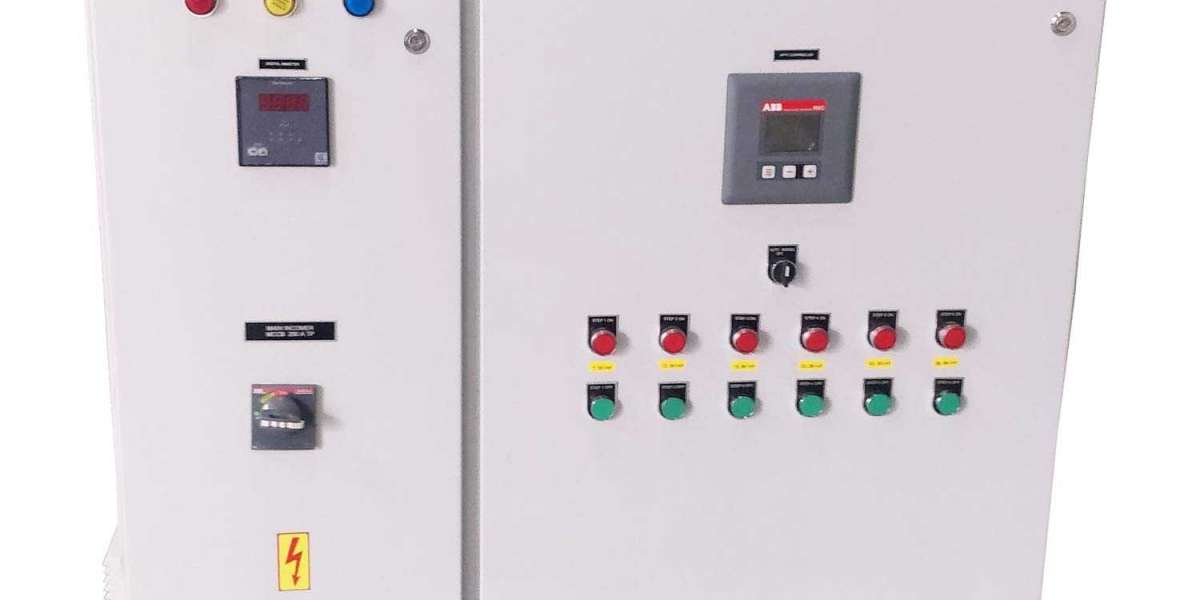Product Name — Smart Hemp Gummies AUS/NZ
➢Main Benefits — Pain Relief, Anti-tension, Improved sleep
➢ Composition — Natural Organic Compound
➢ Availability — Online
➢ Where to Buy — Click Here to Rush Your Order from the Official Website
Smart Hemp Gummies have been gaining popularity as an enjoyable, easy-to-consume, and potentially beneficial supplement. Packed with the natural essence of hemp, these gummies provide a convenient and tasty way to incorporate the therapeutic properties of hemp into daily life. In this article, we’ll dive into a complete overview of Smart Hemp Gummies, discussing their benefits, possible uses, ingredients, dosage guidelines, and much more to help you understand whether they are the right choice for your wellness routine.
https://www.facebook.com/SmartHempGummiesReviewsPrice
https://groups.google.com/g/smart-hemp-gummies-amazon/c/nhhhJwFe4Ow
https://groups.google.com/g/smart-hemp-gummies-amazon/c/61aupKZLvsE
https://groups.google.com/g/smart-hemp-gummies-amazon/c/u-tAosYHkyA
https://sites.google.com/view/smart-hemp-gummiesamazon/home
https://sites.google.com/view/smart-hemp-gummies-australians/home
https://sites.google.com/view/smarthempgummiesreviewsaus/home
https://smart-hemp-gummies-australia-amazon.webflow.io/
https://smart-hemp-gummies-australia-r-4b8b29.webflow.io/
https://www.facebook.com/SmartHempgummiesNewZealand2024
https://www.facebook.com/SmartHempgummiesNewZealandReviews2024
https://groups.google.com/g/amazon-smart-hemp-gummies-new-zealand/c/Dr__BH2xPU4
https://groups.google.com/g/amazon-smart-hemp-gummies-new-zealand/c/QwU35HbWGLU
https://groups.google.com/g/amazon-smart-hemp-gummies-new-zealand/c/7r6edRV0cPE
https://www.facebook.com/SmartHempgummiesNewZealand2024
https://www.facebook.com/SmartHempgummiesNewZealandReviews2024
https://sites.google.com/view/hemp-smart-gummies-/home
https://sites.google.com/view/smart-hemp-gummies-family/home
https://sites.google.com/view/smarthempgummiespeople/home
https://smart-hemp-gummies-new-zealand-27c839.webflow.io/
https://smart-hemp-gummies-nz-reviews.webflow.io/
https://sarahamyemily.clubeo.com/calendar/2024/11/27/smart-hemp-gummies-new-zealand
https://groups.google.com/g/smart-hemp-gummies-australia-reviews-price/c/F7iEFRBCGkE
https://sites.google.com/view/smart-hemp-gummies-australian/home
https://sites.google.com/view/smart-hemp-gummies-use/home
https://www.linkedin.com/feed/update/urn:li:share:7268284906118524928/
https://medium.com/@cartercharlotteisla/smart-hemp-gummies-aeb2e92a2829
https://medium.com/@cartercharlotteisla/smart-hemp-gummies-australia-88fa98972f79
https://www.facebook.com/Smarthempgummiesofficialwebsite
https://www.facebook.com/Smarthempgummiesaustraliareviewsbenefits2024
https://www.facebook.com/Smarthempgummiesaustraliabenefitsreviews
https://www.facebook.com/SmartHempGummiesResults
https://www.facebook.com/SMARTHEMPGUMMIESprice2024
https://www.facebook.com/SmartHempGummiesIntroduction
https://www.facebook.com/SmartHempgummie
https://www.facebook.com/SmartHempGummieSydney
https://www.facebook.com/SmartHempgummiesNewZealand2024
https://www.facebook.com/SmartHempgummiesNewZealandReviews2024
https://www.facebook.com/EssentialKetoCanada
https://www.facebook.com/EssentialKetoGummiesCanadian
https://www.facebook.com/EssentialKetoGummie
https://www.facebook.com/Belly.Balance.Benefits
https://www.facebook.com/Belly.Balance.ReviewsAU.NZ
https://www.facebook.com/BellyBalanceAustraliaAus
https://www.facebook.com/FairyBreadFarmsHempGummiesPrice
https://www.facebook.com/Fairy.Farms.Hemp.Gummies.Australia.Benefits
https://www.facebook.com/FairyBreadFarmsHempGummieswebsite
https://www.facebook.com/FairyFarmsHempGummiesUse
https://www.facebook.com/FairyBreadFarmsHempGummie
https://www.facebook.com/FairyFarmsHempGummiesAUS
https://www.facebook.com/FairyFarmsHempGummieNZ
https://www.facebook.com/FairyFarmsHempGummieNewZealand













